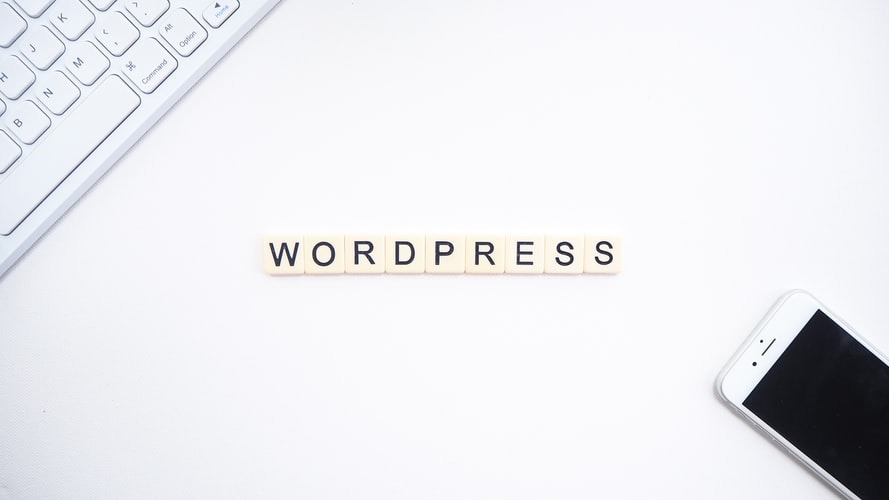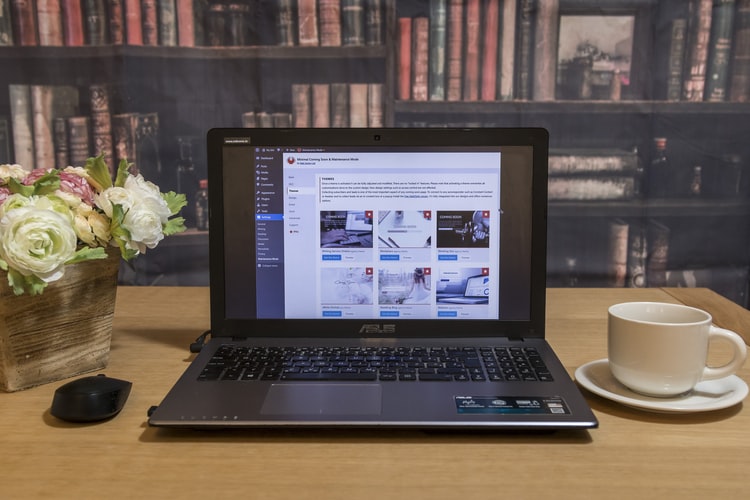A solid understanding of your target audience helps you decide what type of content to include on your website. You should know the needs of your target audience and build the content accordingly. You need to know how much content you would like to publish and in order to figure that out, you can use the help of a good word counter tool.
While the content of your blog is necessary, the organization of your blog posts is vital. Poor organization of your content is a big issue as it drives visitors away, leading to lesser reader engagement in your blog, which means a reduction in the traffic to your blog. The readers should not have to dig deep into your blog to get the content they want to view or read. It should be easy to locate. If the visitors find it hard to reach their desired content, best believe they will not be coming back.
The importance of organizing your WordPress content cannot be over-emphasized. A well organized and structured blog keeps the users engaged and locked in, always eager, and anticipating your following contents.
Importance of Username engagement
Increased engagement by visitors to your site dramatically boosts your rating on Google, and I do not have to tell you how essential that is. Finally, a well-organized blog makes it appear more professional. Organizing your blog, fortunately, is not an arduous task, although it will require several tweaks that you are more than capable of executing yourself.
In this article, we will provide information on how to accurately organize and structure your blog, to make it more user-friendly and professional.
Use The Right Theme and Plugins
Unfortunately, there are many themes and plugins online that you can either buy or download for free that will help ensure your blog is as organized as possible. You can browse this site to learn more just how simple yet extremely efficient these can help you get your site in order. Ecommerce business people, for instance, can take advantage of the Google-owned Accelerated Mobile Pages themes to ensure your blog loads quicker.
A Simple Front Page And User-Friendly Menu
The front page and the main menu should tell the readers exactly what to expect at a glance. It ensures that readers can easily navigate your site, spend more time engaging your content and reading, and spend less time racking their brains trying to figure out how exactly your website works. The home page is the first thing the visitor encounters, and it is paramount that you make an excellent first impression. If your blog offers several services and options, it is best to have several landing pages, so your readers can come in via whatever page fits their needs.
The home page should tell the reader what to expect and enable the visitor to know the blog. For easy navigation, you are encouraged to use simple names and terms, the correct links, so the reader doesn’t have to guess what exactly some of them are. I would definitely close that website if I had to do that. Your menus should be simple, and organized, so the readers new and old can navigate the blog easily.
Proper Use Of Categories And Tags
Organize your blog content into categories, and use the appropriate tags. Each listing or service or product, as the case may be, should be in categories, labeled correctly. The use of categories is especially essential if you have a lot of content in your blog. Listing or compiling your contents without the appropriate tags, or even grouping them is wrong and messy.
Categories and tags are essential tools that help you structure and organize your content, making it easier for the reader to read through and navigate.
Categories, although important, should not be overindulged. Categories are broad-ranging, and cover a whole lot, meaning that a lot of content would fit under one category, making it pointless, having several categories. Some people believe that less is better when it comes to categories.
Tags, on the other hand, are not as broad as categories, meaning you can have as many as is essential for the subject matter.
For example, you have to run a blog on snacks; one of the categories could be ‘Burgers,’ and the tags could include; Hamburger, Cheeseburger.
If you have a lot of content or posts on your blog, getting the right categories will take time, but it is certainly not complicated.
Share Related Posts
As a blogger, you want to keep the reader hooked on your site, and one of the ways you can do this is to share related posts to the content they are viewing. You need to have a lot of content to carry this out. Aside from increasing the readers’ engagement with the site. It also tells a lot about your expertise and knowledge in the subject area.
The best way to do this is to incorporate the links to these posts to your newer posts.
And you must ensure that there is a connection between the posts. For example, as a sports blogger, you do not want to share a link on a basketball post on a football page.
Here, we have explained some practical ways you can employ to organize and structure your website and all of its. Remember that you want to keep the readers happy and always eager for more, and a structured and organized blog ensures it.


